“Bolt actions speak louder than words.”
— Craig Roberts, Crosshairs on the Kill Zone: American Combat Snipers, Vietnam through Operation Iraqi Freedom
Related Entries
In the bloodsoaked pages of modern warfare, there exists a realm where the hunter becomes the hunted, one where death and mental terror is sown with precise lethality. This realm is the domain of the sniper — a silent predator lurking amidst the chaos of battle. With its powerful ability to leverage asymmetry and clandestine maneuvers, guerrilla warfare has long embraced the sniper as a harbinger of exacting and lethal revenge. From the rugged mountains of Appalachia; the cloying jungles of Vietnam; the streets of Belfast; or the mountains of Afghanistan; the sniper's role has evolved into an art form of calculated precision and strategic devastation.
In the codices of guerrilla tactica, the marksman emerges as a specter of terror — a lone sentinel of death, choosing his targets with meticulous care, executing them with clinical efficiency, and disappearing without a trace. The essence of sniping lies not merely in marksmanship, but in patience and cunning. Every shot is a symphony of methodical preparation, from the careful selection of targets or position, to the calculation of windage and elevation. Each trigger pull is a lethal whisper in the cacophony of war, a crescendo of fate directed by the sniper's unwavering resolve.
Amidst the winding streets of urban warscapes or the vast expanses of rural battlegrounds, the sharpshooter embodies the ethos of guerrilla warfare — striking fear into the hearts of adversaries who dare not venture beyond the safety of their fortified havens. The sniper's domain is a realm of shadows and whispers, where the line between life and death is measured in MoA and high value targets eliminated. The hunter becomes a ghost, haunting the enemy's psyche with the inevitability of their sudden and silent demise.
So it is that in the pantheon of guerrilla warfare, the sniper has grown to a place of distinct prominence — a highly effective instrument of strategic disruption and psychological warfare.
“One man can change the world with a bullet in the right place.”
— Malcolm McDowell, If.... (1968)
During the tumultuous days of the First American Revolution, the emergence of snipers heralded a new era of warfare. The lopsided nature of any struggle for independence necessitates the usage of guerrilla and asymmetric tactics, making Sun Tzu’s timeless military maxim even more essential to the guerrilla:
So in war, the way is to avoid what is strong, and strike at what is weak.
— The Art of War
In this way, the colonial snipers leveraged their knowledge of the terrain and skills in hunting towards the end of stalking the most dangerous game. Drawn from the rugged frontier and honed in the art of tracking, these skilled marksman would become the bane of the British redcoats, turning the battlefield into a deadly game of cat and mouse.
At the heart of their effectiveness lay not just their individual marksmanship, but a deep understanding of strategy and tactics. The vast majority of the officer corps of the Revolutionary Army consisted of veterans of the French and Indian War. After witnessing first-hand the devastating hit-and-run stratagem employed by the Indians, this tactic would become a fixture of the Colonists’ strategy. Unlike the regular forces they opposed, Colonial snipers operated outside the bounds of traditional warfare, striking from unexpected quarters. This strategic insight allowed them to sow chaos and confusion amongst the ranks of their adversaries, undermining the top-down command structure of the British military machine.
From their concealed positions behind trees, rocky outcrops, and other natural cover, these elusive ghosts of the Revolution unleashed death with chilling efficiency on the British officer corps. Every shot fired was not just a demonstration of their personal skill, but a calculated blow aimed at the morale and cohesion of the enemy forces. The psychological impact of their actions was profound, instilling a sense of fear and vulnerability among the redcoats who found themselves targeted by unseen foes.
The riflemen of the Revolution were strategic disruptors who understood the value of asymmetrical warfare. Their actions forced the enemy to constantly adapt and adjust, diverting resources and attention away from their primary objectives. By picking off key targets with accuracy, they disrupted supply lines, hindered troop movements, and created an atmosphere of perpetual threat for the British forces.
— Sharpshooter, 1863, ill. by Winslow Homer.
The War for Southern Independence became a pivotal moment in the history of sniping tactics. With advances in rifling, optics, and machining, a new generation of weapons began to make their bloody mark on the battlefields of America. Unlike the chaotic volleys of musket fire that characterized much of the war's battles, these marksmen epitomized the strategic value of a single, well-placed shot over indiscriminate fusillades. Amidst the dense thickets of battlefields like Gettysburg and Antietam, sharpshooters from both Union and Confederate forces emerged as the vanguards of asymmetrical warfare, wielding their rifles with strategic acumen.
One of the defining aspects of Civil War snipers was their ability to target high-value enemy assets with precision from extreme distances. Officers, artillery crews, and other key personnel were prime targets for these sharpshooters. Their lethal actions would disrupt enemy formations and sow confusion amongst the ranks. At Gettysburg, for example, snipers played a crucial role in the skirmishes leading up to and during the battle. Confederate sharpshooters, utilizing the cover of rocks and trees, harassed Union troops and targeted officers, inflicting casualties and hampering the Union's ability to maneuver effectively. Similarly, at Antietam, snipers from both sides engaged in deadly duels, showcasing their ability to influence the course of the battle with well-timed shots. The psychological impact of knowing that a skilled sniper could strike from a hidden position at any moment added yet another layer of tension and unpredictability to the battlefield.
Beyond their immediate tactical impact, Civil War snipers also contributed to the broader evolution of military strategy. Their effectiveness forced commanders to adapt their tactics, emphasizing the importance of cover, concealment, and reconnaissance in mitigating the threat posed by enemy marksmen. This shift towards more deliberate and calculated movements on the battlefield foreshadowed the evolution of modern infantry tactics, where snipers continue to play a vital role in asymmetric warfare.
In essence, the Civil War elevated sniping from a sporadic and opportunistic activity to a strategic cornerstone of American warfare, highlighting the immense value of skilled marksmanship and the ability to disrupt enemy forces with rigor and stealth.
“The best success for snipers did not reside in the number of hits, but in the psychological damage caused to the enemy by shooting commanders or other important men.”
— Matthäus Hetzenauer, Austrian Sniper, 345 confirmed kills
From the windswept hills of Ireland to the dusty streets of Baghdad, the sniper's bullet still echoes with a potency that transcends mere physical impact — it strikes at the very psyche of the enemy, sowing seeds of death, doubt, and fear.
The elusive figure of the South Armagh Sniper emerges as both a specter and a symbol of the Irish resistance. The very mention of his deeds evokes a blend of admiration and dread, casting a fearsome pall over the British forces that ventured into his perilous territory. This enigmatic marksman, whose precise identity remains shrouded in mystery, operated with an almost preternatural stealth. The South Armagh Sniper (or snipers) transformed the pastoral serenity of their homeland into a theatre of lethality. The weapon of choice: the iconic .50 caliber Barrett M82 rifle. Each shot fired was a masterclass in ballistic science and psychological warfare, instilling a pervasive sense of vulnerability amongst the occupying forces.
Sniper attacks in modern warfare are not merely about physical lethality, they are even more impactful for the intense psychological devastation they inflict upon enemies:
Throughout the Troubles in Northern Ireland, the use of snipers was a tactic heavily employed by the [Irish Republican Army (IRA)] to lethal effect… Whilst on patrol, an IRA sniper had fired at [a British soldier] before disappearing through holes knocked through the walls of a row of terraced homes. The bullet ricocheted up his leg and exited through his groin.
Between 1971 and 1991 in Northern Ireland, around 180 British soldiers, Royal Ulster Constabulary (RUC) officers, and Prison staff were killed by IRA snipers. At the time, the IRA was largely using the AR-18 Armalite rifle in their various sniper attacks.
The IRA's gruesome tactic of targeting the legs and genitals of their foes speaks volumes about a kind of calculated cruelty that is designed to demoralize a foe. This strategy, though gruesomely effective, underscores the strategic insight into the depths of human fear and vulnerability wielded by the marksman.
— The iconic “Sniper At Work” sign of the South Armagh Sniper.
The South Armagh Snipers’ modus operandi remains a case study in guerrilla ingenuity. Utilizing the terrain to their advantage, the IRA sniper teams orchestrated their attacks with lethal exactitude. The South Armagh Sniper's effectiveness was not solely a product of his marksmanship but also of his ability to blend into the civilian populace. As Mao Tse-Tung reiterates throughout his seminal military treatise, armed resistance requires the support of the local populace (emphasis mine):
What is the relationship of guerrilla warfare to the people? Without a political goal, guerrilla warfare must fail, as it must if its political objectives do not coincide with the aspirations of the people and their sympathy, cooperation, and assistance cannot be gained. The essence of guerrilla warfare is thus revolutionary in character. On the other hand, in a war of counter-revolutionary nature, there is no place for guerrilla hostilities. Because guerrilla warfare basically derives from the masses and is supported by them, it can neither exist nor flourish if it separates itself from their sympathies and cooperation.
— Guerrilla Warfare
This symbiosis with the local community provided IRA sharpshooters with a veil of concealment, complicating efforts to track and neutralize him. British intelligence and military forces, despite their technological and numerical superiority, found themselves perpetually outmaneuvered by an adversary who understood that true power lay in the shadows.
During the tumultuous era of the Troubles in Ireland, the IRA's sniper teams emerged as haunting specters stalking British forces. Operating with unwavering resolve, these marksmen struck British forces with deadly accuracy. Their actions were not only tactical strikes: they were calculated messages of defiance, challenging the might of their oppressors on their own terms. It would become an ensign of resistance, a reminder that even in the face of an overwhelming military disadvantage, a determined few can disrupt the established order. The IRA's use of marksman was not just about inflicting casualties: it was about destabilizing the psychological equilibrium of their adversaries and sapping their will to fight.
— A British soldier near a church on the edge of the Falls Road District of Belfast, Northern Island, April 3rd, 1972. Source: Associated Press.
“What has been taken in blood cannot be regained except by blood.”
— Juba, Iraqi Sniper, 37 unconfirmed kills
Equally tenacious in their resistance to invading armies, the Pashtun clans of Afghanistan play a prominent role within sniping praxis.
In the rugged terrain of Afghanistan, the jezzail stands as an enduring example of guerrilla inventiveness. These handcrafted muskets were crafted with long barrels for superior range, allowing Afghan sharpshooters to strike with lethal exactitude from afar. The intricate craftsmanship of the jezzails, often adorned with ornate inlays, reflected the cultural heritage and skill of its makers. In the hands of an agile and elusive Pashto warrior, it completely outmatched the British forces' conventional firearms during the two Anglo-Afghan Wars (1839-42, 1878-80).
Their personalized rifles, compared to the sleek machinery of the British arsenal, became extensions of the Pashtun clans’ will. With every squeeze of the trigger, they rewrote the narrative of their homeland, turning the tide in favor of the underdog. Their marksmanship was not simply about body counts; it was just as much about psychological warfare, instilling doubt and dread in the minds of the enemy's ranks. Each crack of a jezzail was a reminder of a resilient and tenacious enemy that could not be subdued.
But it wasn't just the Pashtuns' skill with a longrifle that made them formidable. It was their mastery of the terrain, their intimate knowledge of every crevice and cave, every crag and canyon. They moved like phantasms, disappearing into the very landscape that birthed them. To the British — and later the Soviets & Americans — they were like ghosts: striking from nowhere and vanishing into thin air.
— Afghani jezzails.
— The Hindu Kush mountain range overlooking Kabul, Afghanistan.
Fast forward to the arid landscapes of Iraq, where insurgent forces embraced sniping as a potent tool in their arsenal. In the labyrinthine streets of Baghdad and Fallujah or the dusty expanses of Anbar, snipers became terrifying foes for coalition forces. Every shot fired sent ripples of fear through the ranks of US forces, and coupled with constant harassing fire, created a climate of constant apprehension and paranoia.
Among these phantoms of the battlefield, one name resonated with an almost mythic gravitas:
Juba is the nickname given by American forces to an insurgent sniper operating in southern Baghdad. They do not know his appearance, nationality or real name, but they know and fear his skill.
"He's good," said Specialist Travis Burress, 22, a sniper with the 1-64 battalion based in Camp Rustamiyah. "Every time we dismount I'm sure everyone has got him in the back of their minds. He's a serious threat to us."
Gun attacks occasionally pepper the battalion's foot and mounted patrols, but the single crack of what is thought to be a Tobuk sniper rifle inspires particular dread.
— Elusive sniper saps US morale in Baghdad, August 4th 2004
The modus operandi of Juba and his ilk adhered to the time-honored principles of asymmetrical warfare. Concealment, camouflage, and cunning are the sniper’s trinity of survival. Embedded within the urban sprawl, from shattered high-rises to makeshift hovels, these snipers leveraged the environment to create lethal kill zones. In warfare, precision eclipses volume.
The narrative of Juba was further perpetuated through insurgent propaganda, utilizing video recordings to immortalize his exploits. These videos were distributed through clandestine networks and online platforms, showcasing the methodical demise of coalition soldiers, thereby amplifying the psychological tremors within enemy ranks. Yet, Juba's legend transcended mere propaganda: it was a strategic psychological maneuver, reinforcing the perception of insurgent omnipresence and invulnerability.
The unpredictability of sniper attacks meant that no one was truly safe, no place truly secure — a fact that sapped morale and strained the resources of occupying forces.
“The conventional army loses if it does not win.
The guerrilla wins if he does not lose.”
— Henry A. Kissinger, Director of the Council on Foreign Relations (1977-1981) & Crypto-Mason
In the annals of history, the crack of a sniper rifle hidden in the shadows has echoed with defiance, epitomizing the deadly elegance of irregular warfare. In essence, snipers wield a frighteningly effective dual-edged sword of physical lethality and psychological terror. They serve not just to eliminate high value targets, but to strike fear into the hearts and minds of enemies. By constantly sapping the enemy’s will through hit-and-run tactics, the sniper serves as an effective and lethal tool in the arsenal of armed resistance. In particular, the IRA's brutal tactics and the deadly efficiency of sniper rifles serve as stark reminders of the psychological toll of warfare.
Sniping has long been a pivotal force in guerrilla warfare, shaping conflicts from the hallowed battlegrounds of the American Revolution to the troubled streets of modern insurgencies. In many ways, the role of the sniper in the American Revolution was the precursor to the guerrilla tactics employed by insurgent forces throughout history. Just as the IRA in Ireland; the Taliban in Afghanistan; or resistance fighters in various conflicts around the world; the guerilla utilizes snipers to harass and weaken larger, better-equipped adversaries: so too did the American revolutionaries employ these tactics to great effect.
The psychological impact of sniper attacks reverberates far beyond the immediate battlefield. It strikes at the core of a soldier’s morale, instilling a constant sense of dread and paranoia. Every shadow, every movement becomes a potential threat, heightening stress levels and eroding mental efficiency. This form of psychological warfare is as potent as any physical assault, sowing seeds of doubt and fear that can cripple even the most disciplined troops. This asymmetry underscores the quintessential guerrilla tenet: the insurgent need not defeat the occupier in conventional terms, merely exhaust their resources and will to fight.
As we observe the battlefields of the modern era, the saga of the sniper continues to resonate — a testament to the cunning and deadly precision of these hunters of men.
— Sniper At Work, digital art, 2024.
“Silence is my shield, and stealth is my sword.”
— Simo Häyhä, “The White Death”, 505 confirmed kills


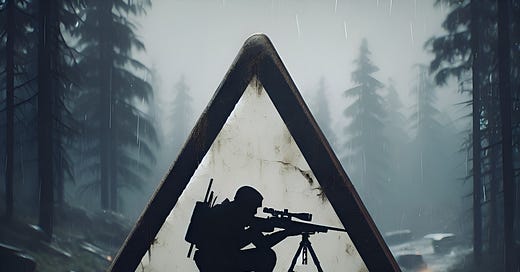


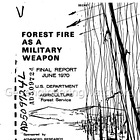
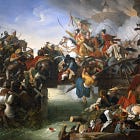

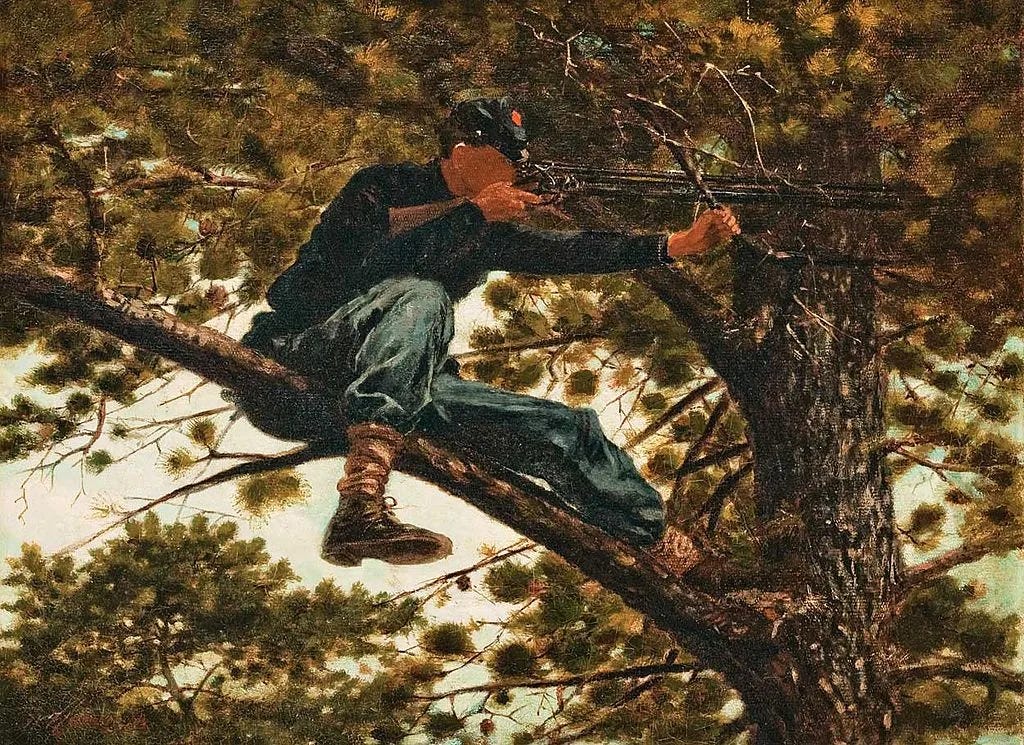
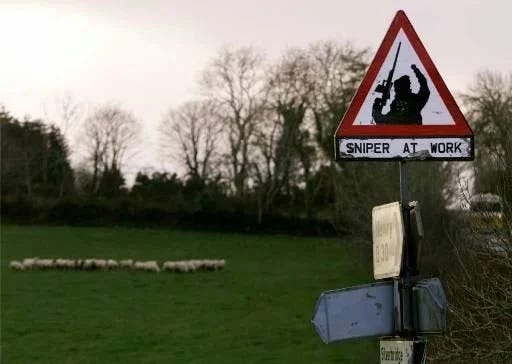
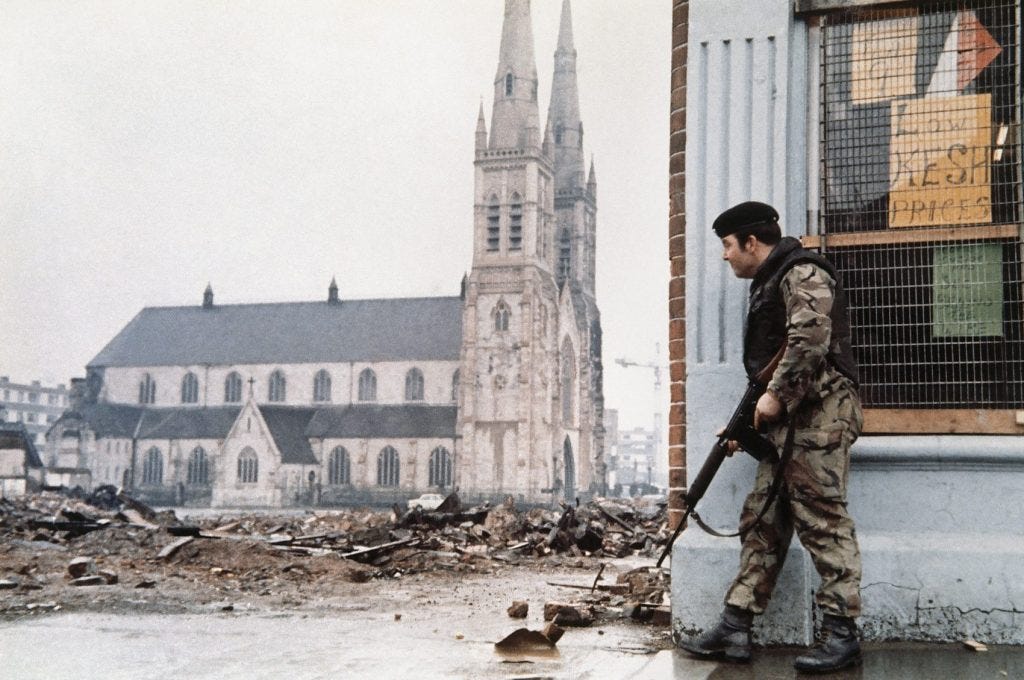
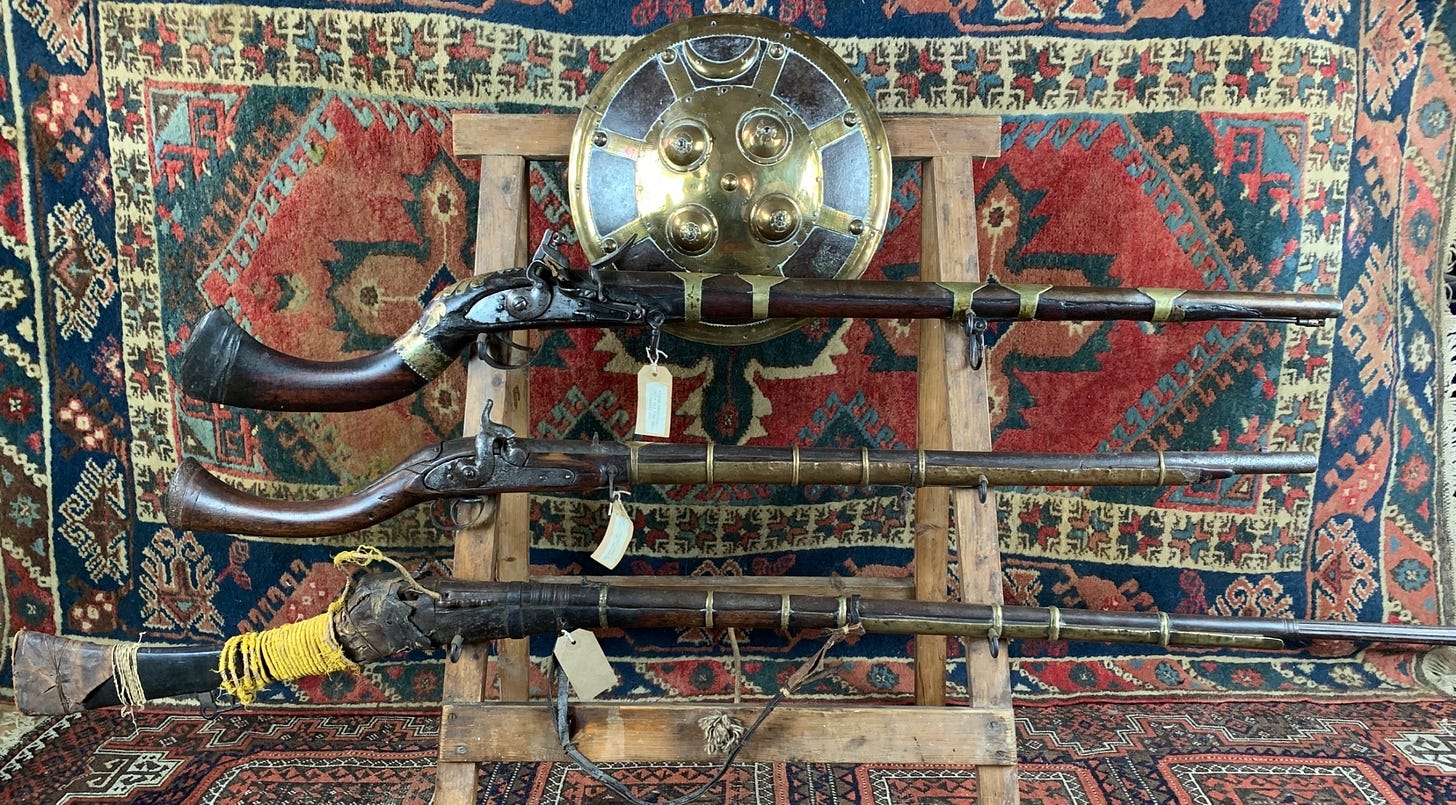
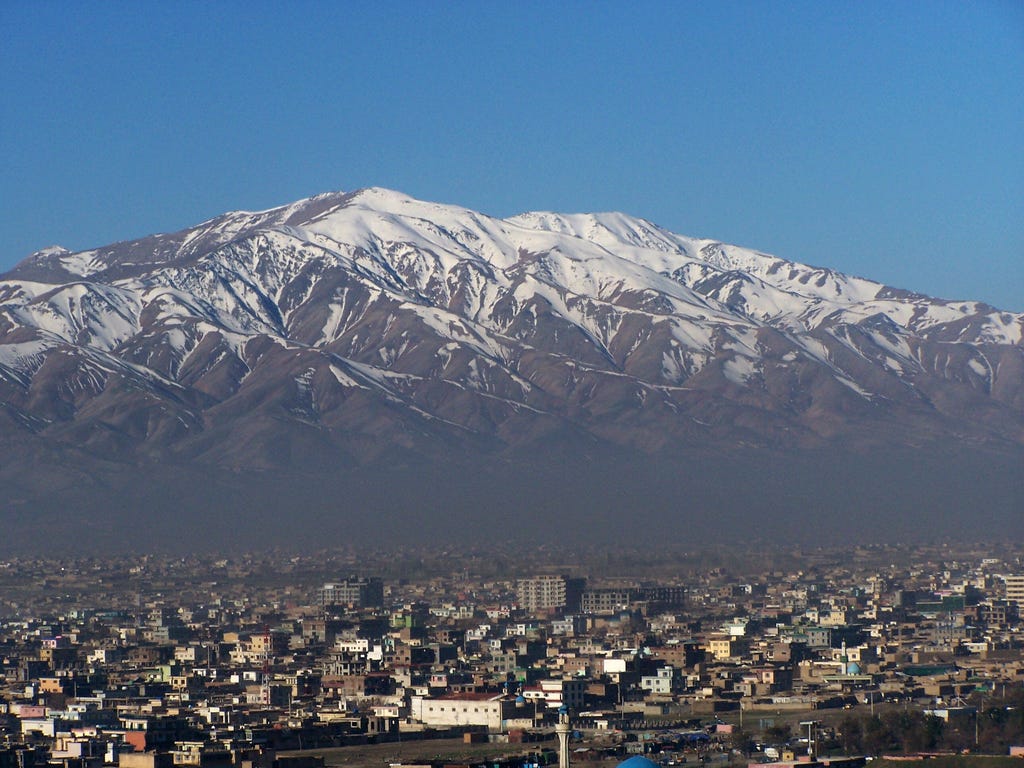

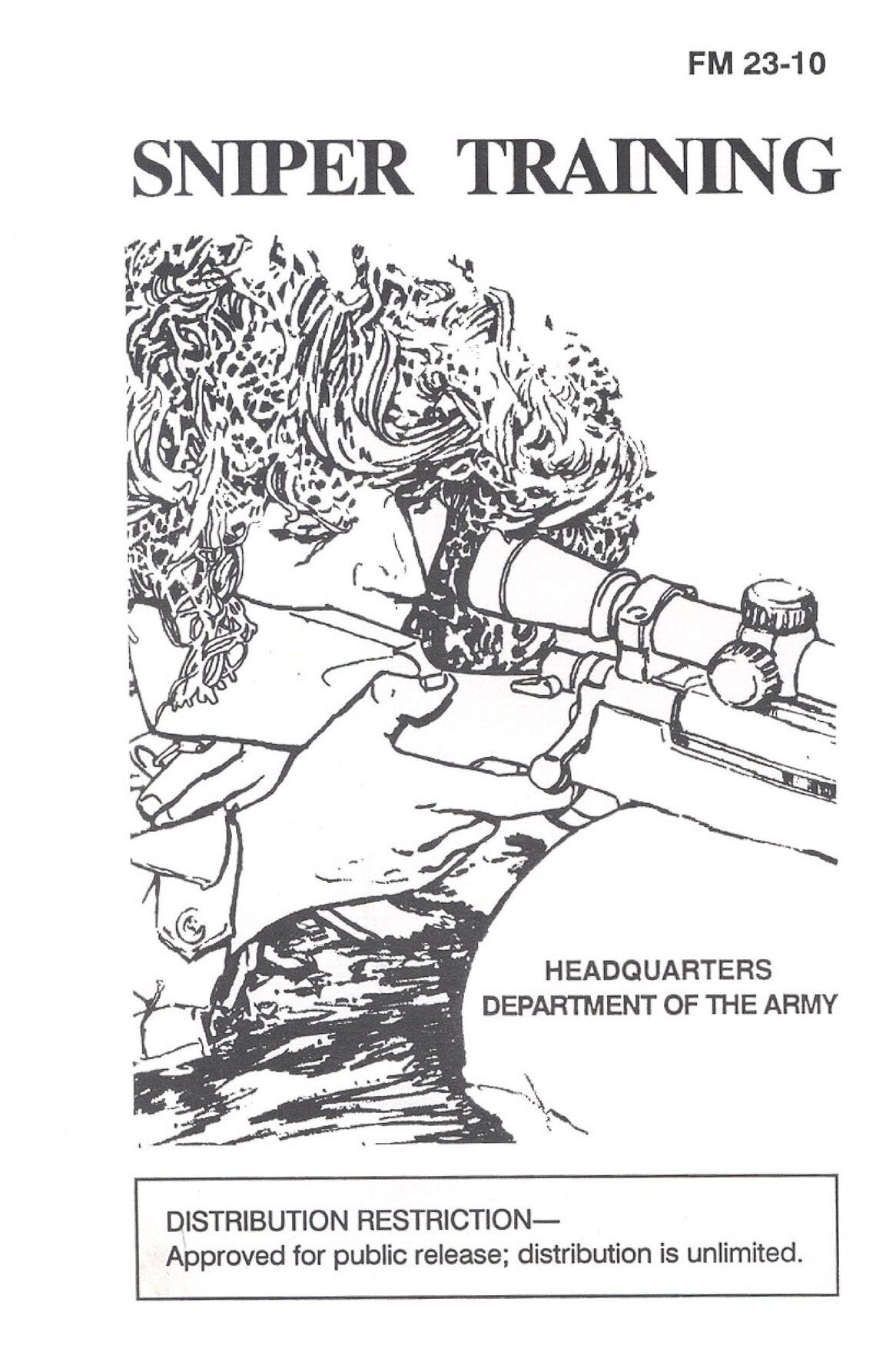
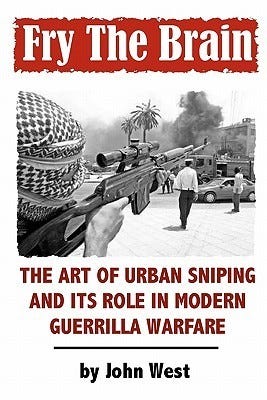

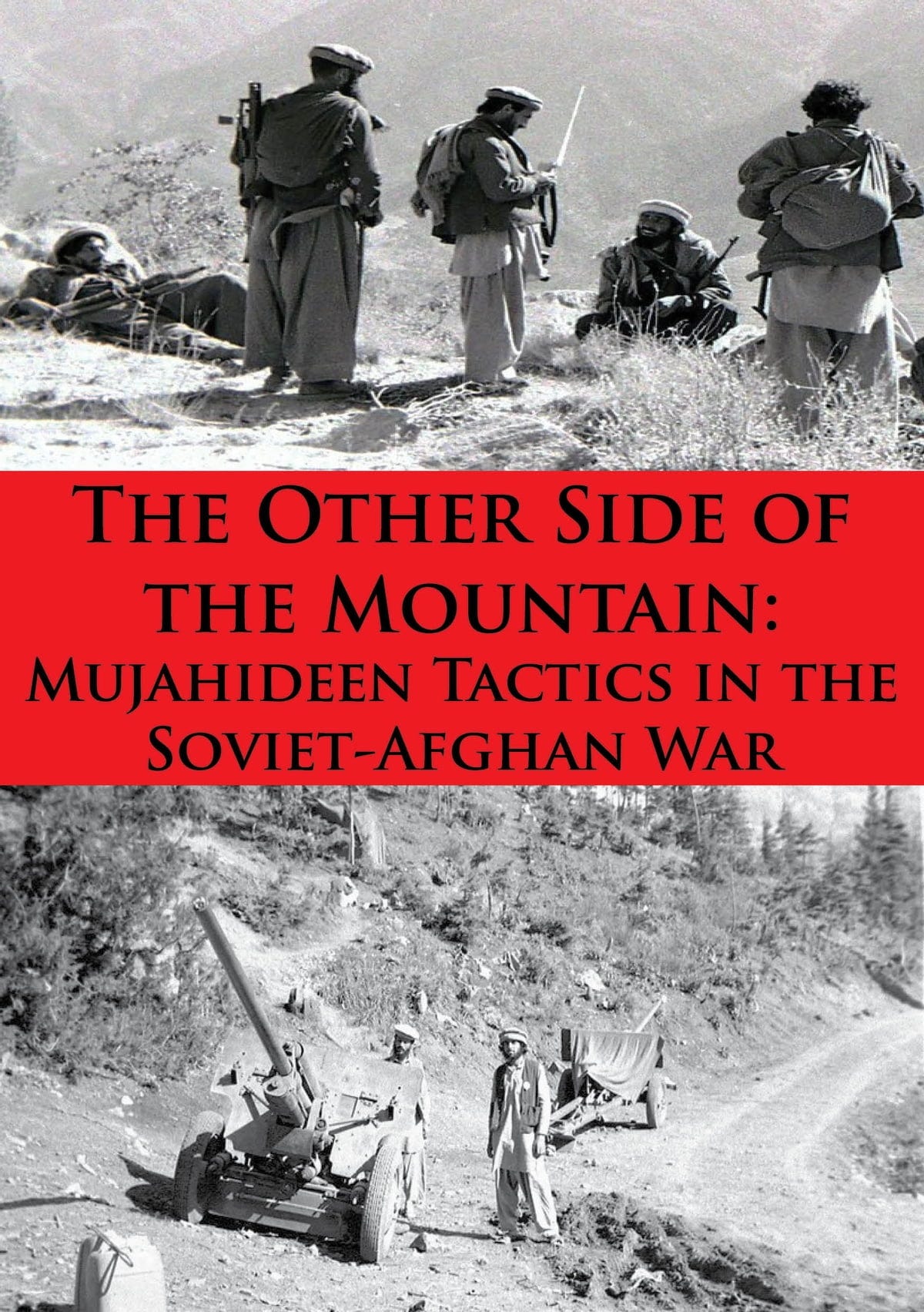
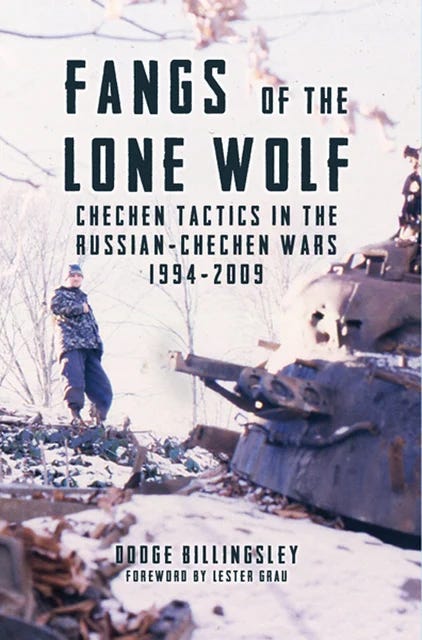
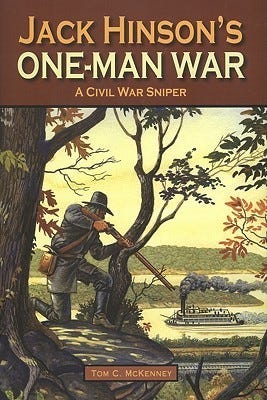
Now the folks line up to be sniped at pharmacies, clinics, doctors' offices, schools, and the loads range from insta-kill, to maim, and slow death. There may even be some saline/placebo rounds.
Thanks for this real eye opening piece. It can only stir my imagination, however those that have walked this path, behind it or in front, can only attest to its reality.
An interesting timing of putting this forward, me thinks.